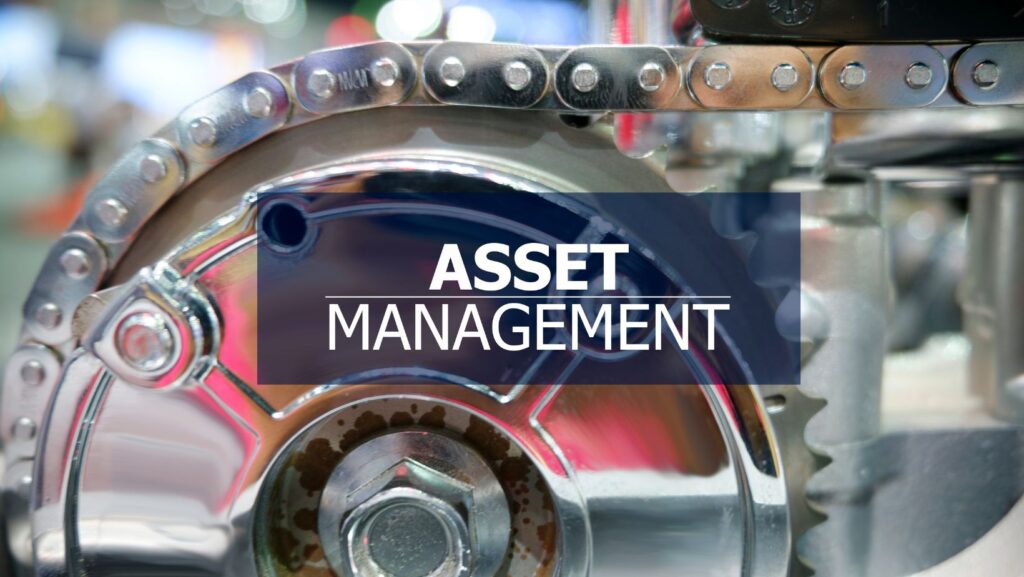Effective asset management is crucial for long-term success in most industries. Companies rely on the efficient tracking, maintenance, and utilization of their assets to remain competitive. Traditionally, managing assets was a manual and time-consuming task, but technological advancements have revolutionized this process. From automation to data analytics, modern asset management solutions now offer greater precision, efficiency, and insight. This article explores how technology plays a pivotal role in transforming asset management.
Streamlining Asset Tracking and Monitoring
One of the most significant impacts of technology on asset management is its ability to streamline tracking and monitoring processes. With the advent of Internet of Things (IoT) devices, companies can now track assets in real-time. Sensors embedded in machinery, vehicles, or equipment provide continuous updates on location, usage, and status.
These real-time updates allow businesses to monitor their assets more effectively, reducing the risk of loss or theft. For example, logistics companies can use GPS tracking systems to monitor their fleets, ensuring timely deliveries and improved route management. By leveraging IoT, organizations can reduce downtime and improve the overall efficiency of their asset management operations.
Predictive Maintenance through CMMS and Machine Learning
Maintenance is a critical aspect of asset management. Previously, companies followed routine schedules to maintain their equipment, but this method was often inefficient and could lead to unexpected breakdowns. Maintenance has become far more proactive with the integration of Computerized Maintenance Management Systems and machine learning.
What is CMMS? CMMS is a software solution to streamline maintenance activities and improve asset management. It helps organizations track work orders, manage inventory, schedule preventive maintenance, and analyze equipment performance. By leveraging CMMS alongside machine learning, companies can predict when a machine is likely to fail based on data patterns. This predictive approach minimizes the chances of unexpected downtime, saving both time and costs. Using historical data and real-time monitoring, these systems can notify managers when maintenance is needed, ensuring that assets are always in optimal working condition.
Enhancing Asset Lifecycle Management
The lifecycle of an asset—from acquisition to disposal—is an important factor in overall asset management. Traditional methods made it challenging to maintain accurate records and monitor the performance of each asset. However, with technology-driven asset management platforms, businesses can easily track every stage of an asset’s lifecycle.

These platforms provide detailed reports on asset performance, depreciation, and maintenance history, allowing businesses to make more informed decisions on when to repair, replace, or retire an asset. Additionally, automation tools can simplify tasks such as scheduling maintenance, generating reports, and tracking inventory, reducing manual errors and improving overall efficiency.
Data-Driven Decision Making with AI and Analytics
Technology has opened the door to data-driven decision-making in asset management. Advanced software tools integrate artificial intelligence (AI) and data analytics to gather, analyze, and interpret vast amounts of information. This allows managers to gain actionable insights into the performance of their assets and identify areas for improvement.
For example, AI can analyze data trends to optimize resource allocation, helping companies reduce operational costs. These insights can be applied across various industries, from manufacturing to healthcare, enabling more precise decision-making and boosting productivity. In the financial sector, tools like Atlas UP use AI to monitor financial data for better asset management decisions, providing businesses with real-time analysis and forecasting capabilities.
Enhancing Compliance and Risk Management
Regulatory compliance is a growing concern for businesses across many industries, and asset management is no exception. Technological advancements have made it easier for companies to stay compliant with regulations and manage risks more effectively. Modern asset management software includes features that track compliance-related information, such as safety checks, audit trails, and certification records.
For example, companies can automate compliance checks and receive alerts when an asset is due for inspection, ensuring they meet legal standards. Technology-driven platforms also improve risk management by providing real-time data on asset performance and vulnerabilities, enabling companies to respond quickly to potential risks.
Cloud-Based Asset Management Solutions
The rise of cloud technology has further transformed asset management by making it more accessible and scalable. According to Seattle managed service provider insights, cloud-based solutions allow businesses to manage their assets from any location, providing greater flexibility and control. These platforms can store vast amounts of data and offer real-time updates across multiple devices, making them ideal for businesses with distributed teams or multiple locations.

Additionally, cloud-based solutions are cost-effective, as companies do not need to invest in expensive hardware or software. This approach offers scalability, allowing businesses to easily expand their asset management capabilities as they grow.
Optimizing Inventory Management
Inventory management is a key component of asset management, and technology has significantly enhanced this area. With automated inventory tracking systems, businesses can monitor stock levels in real time, reducing the risk of overstocking or understocking. RFID (Radio Frequency Identification) tags and barcode scanners allow for precise tracking of inventory, minimizing human errors and ensuring that businesses always have the right assets on hand.
Furthermore, these systems can be integrated with other asset management tools to provide a complete view of an organization’s assets, streamlining the overall management process and improving efficiency.
Conclusion
Technology has brought about a paradigm shift in the way businesses manage their assets. From real-time tracking and predictive maintenance to cloud-based solutions and data-driven decision-making, modern asset management technologies offer a wide range of benefits that improve efficiency, reduce costs, and enhance performance. Companies that embrace these technological advancements are better positioned to maximize the value of their assets and stay competitive in an increasingly digital world. By leveraging cutting-edge tools and platforms, businesses can ensure their assets are managed effectively throughout their entire lifecycle.


More Stories
Why Modern SaaS Startups Are Turning to Omnichannel Customer Support to Boost Retention
What Is a Cyber Attack and How Can You Prevent It?
Smarter Tech Investments: Reasons Why US Businesses Are Choosing Custom Software over Off-the-Shelf Solutions